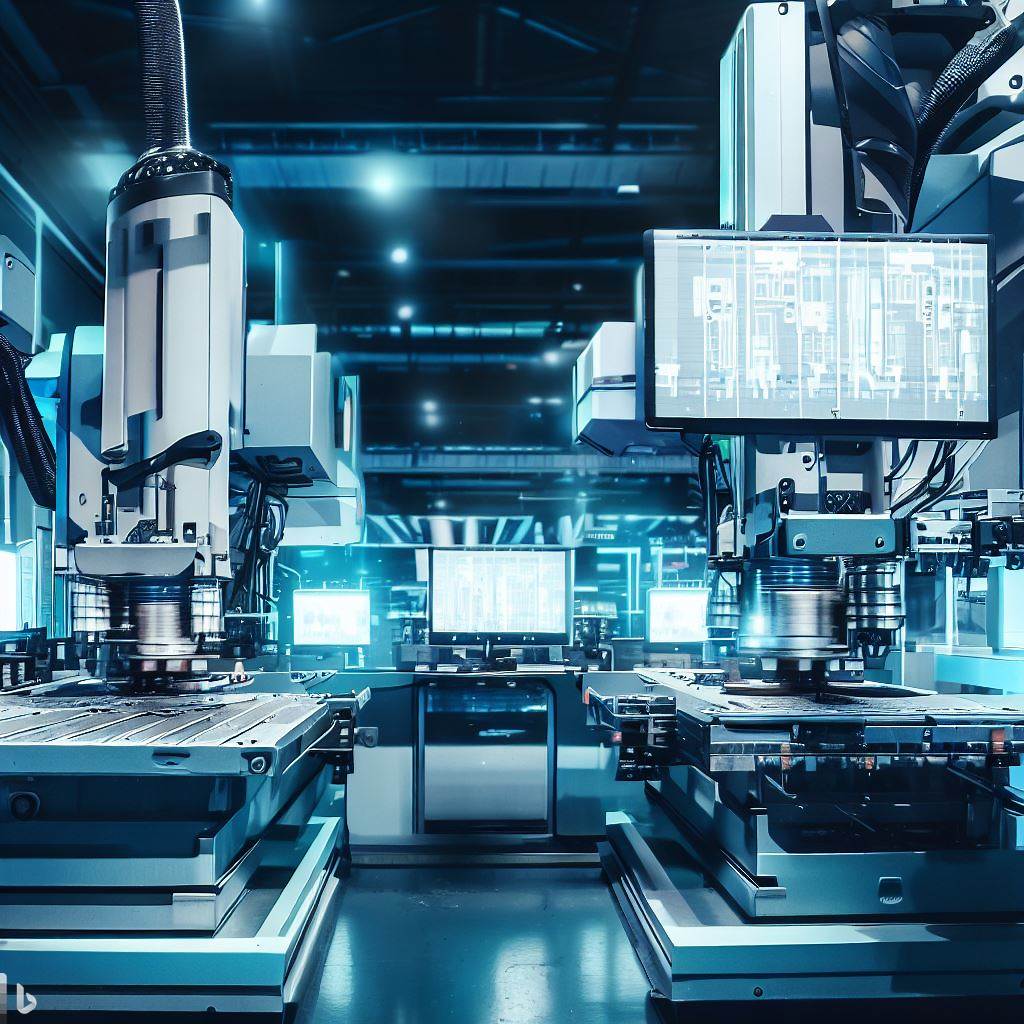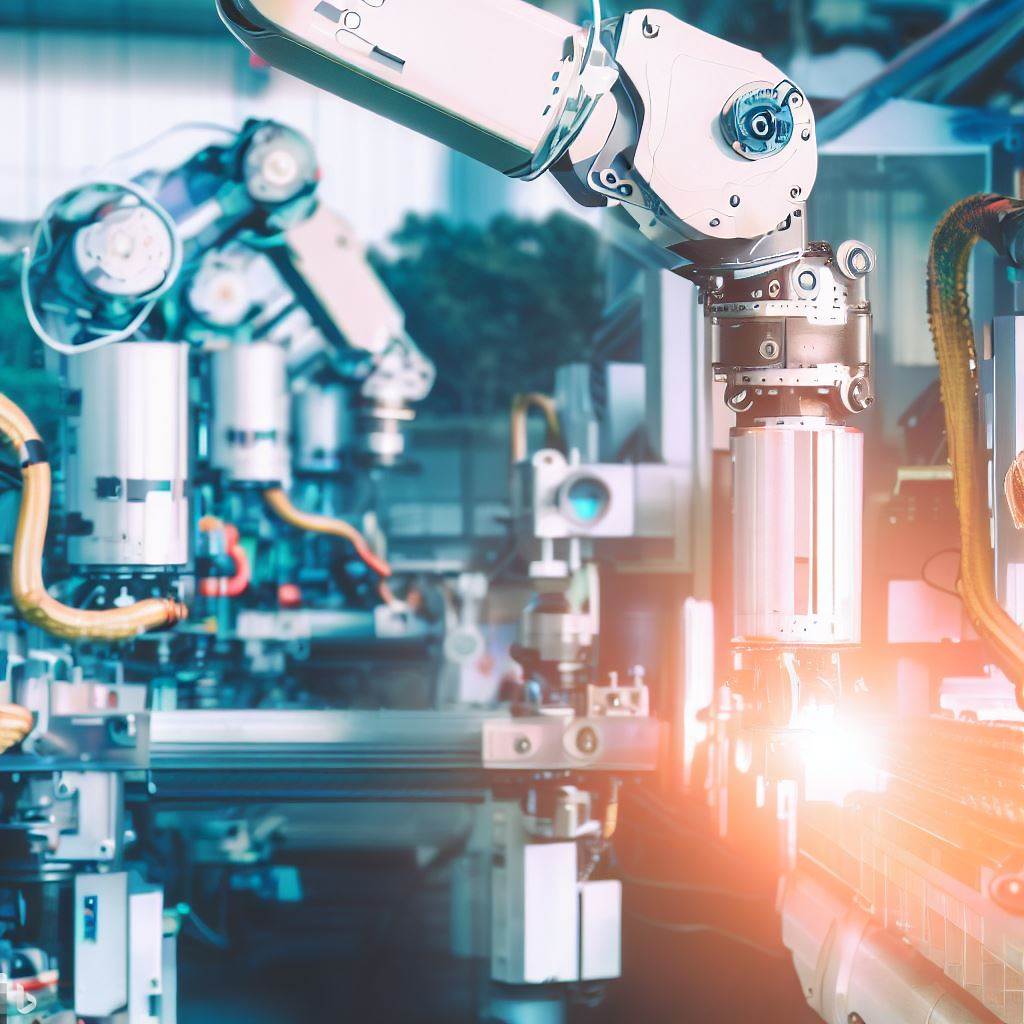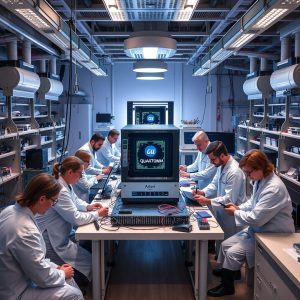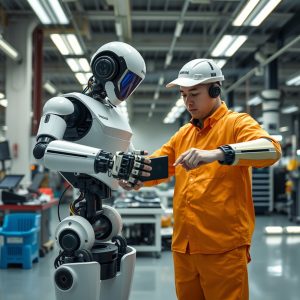
What is CNC and why it needs service?
CNC (Computer Numerical Control) machines have become an integral part of modern manufacturing processes due to their high precision and efficiency. However, like any machinery, CNC machines can experience operational hitches and malfunctions if not properly maintained. By understanding the common issues and implementing preventive measures, you can enhance the performance of your CNC machinery, improve the quality of your production, and reduce downtime. This guide explores the various challenges encountered in CNC service and how advancements in technology, particularly machine learning, can optimize the CNC industry.
Understanding CNC Machines and their role in manufacturing processes
CNC machines are computer-controlled devices used to manipulate and control machine-shop tools using programmed instructions. The CNC machine transforms a raw material such as a block of plastic or metal into a finished product by instructing the machine tool on how to move and what portions of the material to cut away. The result is a highly precise and efficient manufacturing process.
Common materials used in CNC machining include aluminum, steel, copper, titanium, wood, fiberglass, foam, and plastic. The technology employed in crafting these materials ranges from traditional drills, lathes, and milling machines to more advanced technologies like laser cutting machines, plasma cutting machines, and water-jet cutting tools.
It is worth to mention that CNC (Computer Numerical Control) machines have revolutionized the manufacturing industry due to their accuracy, efficiency, and versatility.
Here’s how they play a crucial role in modern-times manufacturing processes:
- Enhanced Accuracy: CNC machines are programmed with exact details to perform complex cuts with high precision. This eliminates errors associated with manual operation, ensuring products are manufactured to the exact specifications.
- Increased Production Speed: CNC machines can operate continuously without breaks, significantly speeding up production. They can also be programmed to produce large volumes of components, making them ideal for mass production.
- Versatility: CNC machines can be programmed to produce a variety of components. They can handle multiple tasks such as drilling, milling, and lathing, making them versatile tools in manufacturing.
- Reduced Waste: Due to their precision, CNC machines reduce waste caused by errors in the manufacturing process. This not only saves resources but also reduces the overall cost of production.
- Safety: CNC machines are safer to operate as they minimize direct human interaction with the tools, reducing the risk of accidents.
- Consistency: Once a design has been fed into the CNC machine, it can produce hundreds or even thousands of identical parts. This consistency is crucial for industries where standardization is paramount.
- Reduced Labor Costs: CNC machines are capable of performing multiple tasks that would otherwise require several workers, reducing labor costs.
In summary, CNC machines are vital in the manufacturing process. They ensure accuracy, speed, versatility, and safety while reducing waste and labor costs. Their ability to produce identical parts consistently makes them an indispensable tool in the manufacturing industry.
Common CNC Machine Challenges
Despite their efficiency, CNC machines are not exempt from issues. From poor maintenance and improper settings to programming errors, numerous challenges can hamper the operation of your CNC machine. Let’s explore some of the common problems and their solutions.
1. Insufficient Maintenance
Like any other machinery, CNC machines require regular cleaning and lubrication. Accumulation of dirt and debris can hinder the machine’s functionality and precision. On the other hand, inadequate lubrication can result in parts sticking or moving less smoothly, leading to errors, overheating, and air blockage. Regular cleaning and lubrication can keep these issues at bay.
A typical CNC machine consists of several main components: a controller, a cutting tool, a workpiece, a spindle, and various motors and actuators.
The controller is the brain of the machine, controlling all its movements and functions. The cutting tool is responsible for shaping the workpiece, while the spindle rotates the tool at high speeds. The motors and actuators move the tool and workpiece in precise, coordinated motions.
To keep a CNC machine running smoothly, regular maintenance is crucial. Some parts that require scheduled maintenance and replacement include the cutting tool itself, as well as the spindle bearings and other moving parts. The coolant system, filters, and lubrication system also need regular attention to keep the machine running at peak efficiency.
2. Faulty Settings or Tools
Incorrect tool settings or malfunctioning tools can result in an impaired output quality featuring rough edges, visible cutting marks, and even burn marks. Regularly checking the sharpness of the tools, adjusting the cutting speed, and maintaining the quality of cutting coolant can help rectify such issues.
3. Programming Errors
Programming errors can arise due to incorrect setup, misunderstood programming codes, or unreliable CNC data. To mitigate these errors, you need skilled personnel who understand the various codes and functions of CNC programming. Regular training workshops can help keep the staff abreast of the latest coding practices.
4. Power Supply Issues
As CNC machines are complex, an incorrect power supply can compromise their efficiency. CNC machines must operate on compatible power supplies with appropriate voltage settings. Any power supply issues need to be addressed by certified electricians to rectify the errors and restore proper functioning.
The Role of Machine Learning in CNC Service Optimization
While preventive maintenance is essential for CNC machines, its effectiveness is limited when it comes to unexpected breakdowns. This is where machine learning, a subset of artificial intelligence (AI), comes into play. Machine learning enables a system to learn from data and make predictions or decisions without being explicitly programmed.
One of the serious problems faced by the CNC industry is the process of planning wear and replacement of elements according to schedules. This is to minimize downtime caused by failures on the one hand and to reduce the costs of service and planned replacements on the other.
INVENIO specialists are on a mission to leverage machine learning in optimizing CNC service and predicting failures. This innovative project aims to assist service technicians and CNC machine manufacturers in not only enhancing their current service but also foreseeing potential failures.
Due to the diverse nature of each company using CNC machines, machine learning may be the only way to efficiently predict failures for each of the manufacturing companies. Machine learning algorithms can analyze real-time data from the CNC machines, learn from their performance, and predict potential breakdowns before they occur. This predictive maintenance approach can significantly reduce downtime and service costs, leading to higher profitability for your company.
A Roadmap to Digital Maintenance Automation
The journey from preventive to predictive maintenance involves several stages, each with its unique challenges and benefits. The initial step involves understanding the maintenance requirements of your CNC machines and implementing regular checks and services. The next step is transitioning to a condition-based or usage-based maintenance strategy, leveraging real-time equipment data.
The final and most transformative step is the adoption of digital maintenance automation. This is where machine learning makes its grand entrance. By utilizing machine learning algorithms, you can monitor machine performance in real-time, predict which parts need servicing before they fail, and schedule repairs promptly, thereby reducing downtime.
From placing sensors on rotating equipment to detect impending bearing failure to using wireless monitoring systems that send machine condition updates to technicians’ smartphones, numerous predictive maintenance practices can be employed. In the coming months, INVENIO will prepare a roadmap for this type of innovation in the CNC industry.
The Future of CNC Service
The integration of machine learning in the CNC industry marks a significant step forward in CNC service. This innovative approach to maintenance not only enhances the efficiency of CNC machines but also reduces the costs associated with downtime and planned replacements.
While machine learning holds immense potential for the CNC industry, its successful implementation requires a deep understanding of the specific needs of each manufacturing company. This is where INVENIO’s expertise comes into play. As a global industry leader in predictive maintenance software for machine tools, INVENIO works with leading manufacturers to reduce costs, increase productivity, and prevent unplanned downtime.
In conclusion, optimizing CNC service requires a shift from traditional preventive maintenance to predictive maintenance powered by machine learning. By embracing this innovative approach, manufacturers can enhance the performance of their CNC machines, improve product quality, and boost their profitability.
Want to learn more about how machine learning can revolutionize your CNC service?
Please stay tuned for our future publications and whitepapers on this topic.







